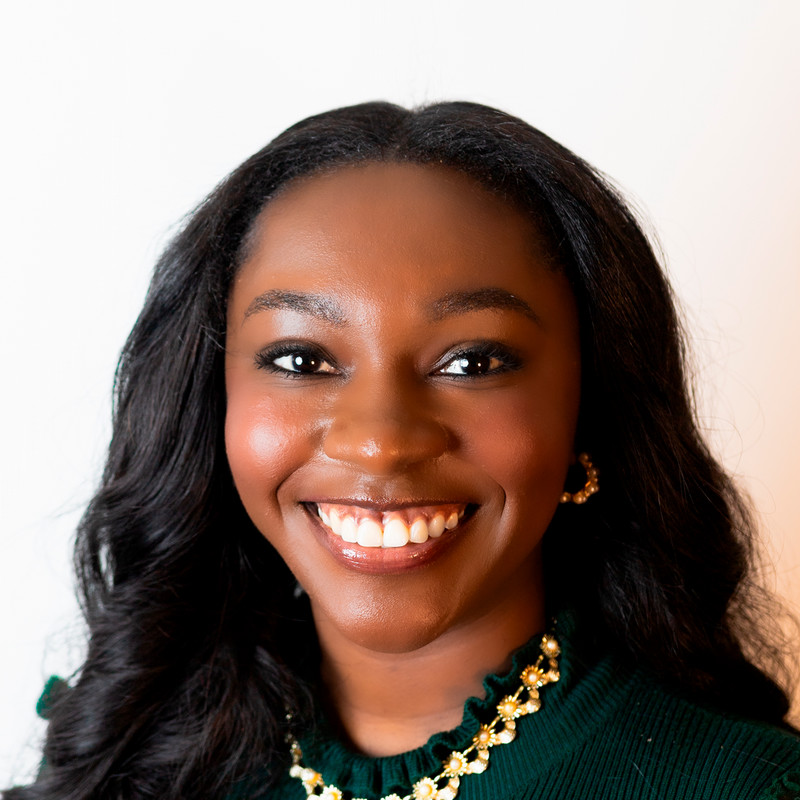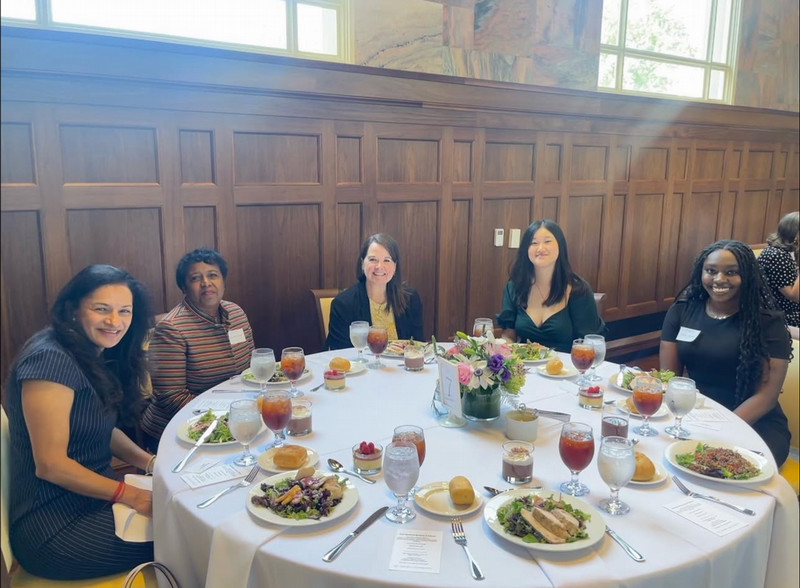Cicely Jackson 25N

That’s what I reminded myself as I reviewed Mary Hart’s chart: stage III colon cancer, presenting with a sore throat, fever, fatigue, and dry cough. But when I entered that room, I was met not just by symptoms—but by a person. A woman whose pain was etched in her posture, whose fear floated between her shallow breaths. The chart didn’t say that she clutched the edges of her blanket like a lifeline, or that her eyes searched mine for something unspoken. But I saw it. And it stayed with me.
Her voice trembled as she described her discomfort—mouth pain that worsened each morning, a cough that burned at the edges, and the hollow exhaustion that hadn’t let her feel “normal” in weeks. She had taken Tylenol, she said, but it did little. Then her voice cracked, just barely, and she said, “I don’t know if I should keep going. I feel like I’m holding everyone back.” At that moment, I forgot this wasn’t real. Her words hit with a weight that no simulation can truly mimic. She wasn’t just scared the cancer was back—she was scared that she was the problem. While her children’s lives were growing, hers was shrinking. That she had become a living pause in the flow of their futures. Her latest round of chemotherapy had been two weeks ago. Now, she had thrush in her throat, an inflamed rash near her port site, and a weakened immune system. Her labs confirmed the picture: low WBCs, platelets, hemoglobin, and potassium. Her temperature had climbed to 38°C—another sign her body was fighting a silent war. We started with what we could control: magic mouthwash, IV potassium, Tylenol, fluids. But her pain wasn’t just physical.
The real intervention came when we sat—really sat—and talked about what palliative care meant. “It’s not about giving up,” I told her, my own voice gentler than usual. “It’s about making sure you’re comfortable. Making sure that your fears, your emotions, your pain—all of it—is seen and supported.” She looked at me through watery eyes. “But what if my family just keeps going without me? They’re building lives, and I’m just… here. Needing. Taking. Slowing them down.” There it was. The root of her pain. Not the fever, not the sore throat—but the fear that her existence had become a burden. That she had become a source of guilt in the lives of people she loved. I didn’t have an answer that would erase that fear. But I had a presence. I had listening. I had compassion. And in that moment, it felt like enough.
Cicely at the 2023 Woodruff Scholars and Fellows Welcome Lunch with other scholars and School of Nursing staff.
Q & A
What was your favorite place on campus?
One of my favorite places on campus was the School of Nursing courtyard — it became a quiet sanctuary for me between classes and long clinical days. It was in those peaceful moments that I reflected on everything I was building at Emory: a commitment to service, leadership, and advocacy.
What advice would you give current Woodruff students?
My advice to current Woodruff Scholars is simple — lean into the journey. There’s so much beauty in growing, not just as a student, but as a human being. Use your voice, take up space, and don’t be afraid to rest when you need to. Some of my most impactful moments came when I stepped outside of my comfort zone, not to perform, but to be present — for myself and for others.
Being a Woodruff Scholar didn’t just give me opportunity — it gave me clarity and courage. And for that, I’ll always be grateful.